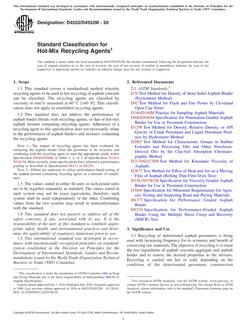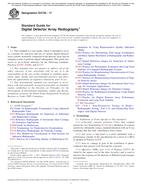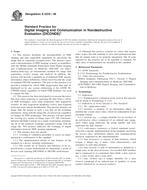1.1 This test method describes a steady state technique for the determination of the thermal conductivity, λ, of homogeneous-opaque solids (see Notes 1 and 2). This test method is applicable to materials with effective thermal conductivities in the range 0.2 < λ < 200 W/(m·K) over the temperature range between 90 K and 1300 K. It can be used outside these ranges with decreased accuracy.
Note 1: For purposes of this technique, a system is homogeneous if the apparent thermal conductivity of the specimen, λA, does not vary with changes of thickness or cross-sectional area by more than ±5 %. For composites or heterogeneous systems consisting of slabs or plates bonded together, the specimen should be more than 20 units wide and 20 units thick, respectively, where a unit is the thickness of the thickest slab or plate, so that diameter or length changes of one-half unit will affect the apparent λA by less than ±5 %. For systems that are non-opaque or partially transparent in the infrared, the combined error due to inhomogeneity and photon transmission should be less than ±5 %. Measurements on highly transparent solids must be accompanied with infrared absorption coefficient information, or the results must be reported as apparent thermal conductivity, λA.
Product Details
- Published:
- 09/01/2020
- Number of Pages:
- 9
- File Size:
- 1 file , 250 KB
- Redline File Size:
- 2 files , 560 KB


